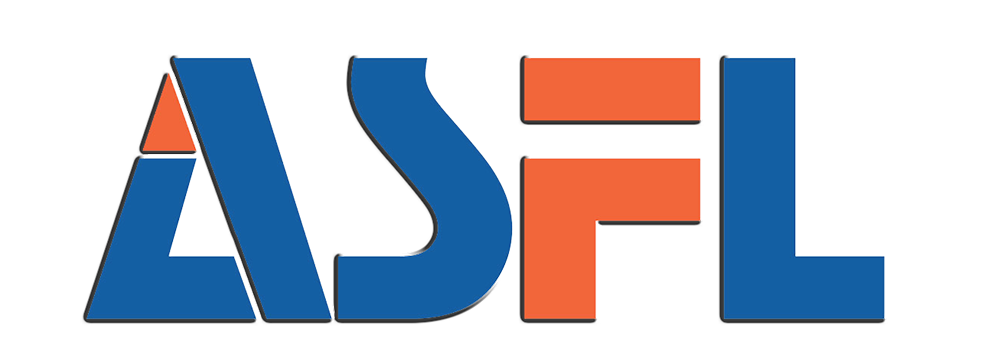Assessing Current Juice Filling Line Performance
Identifying Bottlenecks in Liquid Filling Operations
Therefore, in order to enhance the productivity of juice filling lines, it is necessary to first determine bottlenecks that prevent the entire production process from flowing continuously. One of the ways to do so is to conduct an analysis of the current filling line designed to identify the stages at which the most frequent disruptions in productivity occur. Time-motion studies may be considered an essential tool in the precise localization of stages where productivity halts. It allows a better understanding of what places to target first to achieve maximum efficiency. Supplementing such an analysis with the views of operators may provide valuable qualitative insights since these people work directly with the equipment. Statistical data on how the productivity varies depending on the production periods may be enriched by previously collected data. Finally, the data may be supplemented by the excess to external sources and the integration of software systems that allow for real-time analytics.
Analyzing Cycle Times with Modern Liquid Bottle Filling Metrics
Cycle time analysis with modern metrics is the critical to any innovations in juice filling line performance. Developing key performance indicators concerning cycle times and overall line efficiency will contribute to comparing our performance. Automation of data collection will enable us to constantly track filling cycle times by specific products to determine whether attention is needed quickly. Statistical process control of our historical cycle-time data shows us any trends or factors causing longer cycle times. Benchmarking our cycle times against top competitors in the beverage industry has undoubtedly proved an invaluable tool for change. This comparison encouraged us to make widespread changes based on our analysis results. We have been tracking these changes over time ge to measure whether the implemented strategies were effective. Our goal is optimal performance and full operational excellence.
Optimizing Equipment for Juice Production Efficiency
Calibrating Automatic Liquid Filling Machines for Consistency
It is very important for accurate production that our liquid filling machines are set up properly and that correct parts are used to maintain this calibration. Calibration is routinely verified to provide exact fluid volumes and reducing product waste. In addition, software corrections are also important to adjust variances to avoid large aberrations in filling volumes. But you must memorialize how calibration is done and the timing for having devices recalibrated routinely so that they stay accurate over time. As we work hand in hand with an established [liquid filling machine manufacturer](https://example.com) for in depth training on best practices and techniques, it can only add to our calibration process. Barely, but we pass, so we will not screw around with the calibration parameters unless we get enough complaints to realize we need to tweak the calibration protocols to meet the rigorous standards of excellence to which we hold ourselves.
Integrating Filling and Capping Machine Synchronization
The synchronization between filling and capping is important to ensure the productivity of production line. First and foremost, those in charge must audit the current systems to find any discrepancy or delay that could hinder the production process. With a [filling and capping machine](https://example.com) that provides in sync operation, higher production rates are achievable and downtime is less. When they’re integrated, extensive testing can prove the increased performance: if nothing else, the speedup becomes real. Ongoing improvement techniques are essential to ensure synchronization is optimal, operator feedback is used to improve handling between filling and capping.
Upgrading Nozzle Systems for Viscous Juices
A major issue in making juice is the viscosity of the juices. The analysis of our current nozzle system will be the initial process to find out if it meets the viscosity requirements of our products. Research and choose nozzle systems designed for high-viscosity fluids as needed. This up gradation can significantly improve flow rates, minimizing spills and improve fill precision. Workshops and training will train our operators to use these upgraded systems and to sustain them.' A loop of feedback with the productions team serves its purpose, and we are able to follow up the performance of nozzles under normal conditions and make required adjustments, letting us to keep improving in our work as effective as possible.
Implementing Automation in Juice Filling Lines
Benefits of Servo-Driven Liquid Filling Machine Technology
Servo driven liquid fillers change the game for the quality of juice making. Firstly they provide a much more precise fill, minimising product waste and vastly increasing juice quality. Case studies highlight dramatic increases in throughput among businesses that have upgraded to servo-driven technology – with the difference in resistance becoming more evident. Despite the considerable investment, the potential long-term savings associated with enhanced operational efficiency more than make up for it. Furthermore, Energy Saving Using the latest servo systems, there are significant energy savings, which all help keep your overall running costs down. As a flexible technology, manufacturers may handle a variety of product types and formats with this technology seamlessly. Servo technology is the key for product handling to guarantee accuracy in the juice bottling process.
IoT-Enabled Monitoring for Predictive Maintenance
Real-time monitoring of juice filling lines is made possible through the communication of IoT-enabled systems, which improves operational precision by generating reports based on the machine performance and state. Predictive maintenance models, driven by IOT data, have reduced unplanned downtime and maintenance costs which leads to an increase in productivity. Preservative schedules can be optimized to minimize interruptions in juice production through trend analysis and trending information retrieval. Such operational metrics illustrate the potential value proposition of IoT and successful IoT integration opportunities. Partnering with vendors can help to support the effective application of IoT solutions and successfully roll them out in the context of existing manufacturing environments. Also, as you move forward, and the industry continues to progress, monitoring facilitated by the IoT will feature among the foundation blocks to realise operational excellence in Juice filling Lines.
Maintenance Strategies for Peak Line Efficiency
Preventive Care Routines for Liquid Filling Equipment
Regular preventive maintenance is the key to keeping your liquid filling machinery working properly. Minor maintenance - such as applying grease, an inspection of the nozzle, and replacing H-Hop parts – all aid in avoiding equipment failures and plays a role in prolonging the life of equipment. Structured checklist is the key to maintaining these here, to minimize oversight and downtime. As the industry standards dictate, preventative maintenance programs are conducted according to the operational hours of the equipment and the recommendations of the manufacturer. The adoption of these consistent practices has proven to minimize down time and increase productivity. For instance, businesses adhering to well-maintained preventive maintenance practices frequently bring their machinery uptime up by 20-30% and an overall boost in the reliability of filling line operations.
Training Operators on Advanced Filling Machine Diagnostics
Ensuring that operators receive training on advanced diagnostics of filling machines is critical to reducing downtime and increasing productivity. Operators with training are more capable of using diagnostic tools and software like machine condition monitoring systems to quickly diagnose and troubleshoot machinery problems. A well-rounded training program would have practice of real live data analysis situations for diagnosis skills. Numbers don't lieProduct lines see increased efficiency with operator training and often achieve up to a 15% reduction in troubleshooting time. Lifelong learning and skills upgrade In view of the development of machinery and technology, ongoing learning and upgrading of skills are very necessary. Empowering operators with more advanced diagnostics capabilities will help running the filling line with maximum success – to minimise the downtime and to maximise throughput by promptly solving technical deviations.
Advanced Technologies for Juice Line Optimization
Adopting High-Speed Liquid Filling Machine Solutions
With high-speed liquid filling machine, the production line efficiency and scalability can be greatly improved. These technologies have several advantages over previous types like higher productivity, faster reaction time and a better adaptability to variable production rates. Both companies incorporating high-speed technology have experienced significant efficiency improvements in offers submitted, enhanced throughput and a decrease in bottlenecks. Frequent speed checks are necessary in order to achieve efficiency and to meet machine speeds with the output program. High-speed machines also frequently lead to lower total production costs thanks to less labor and less production standing time, for a more economical approach to the juice of today.
Implementing UHT Sterilization for Extended Shelf Life
Another important process that increases the shelf life of juice products is Ultra-High Temperature sterilization. This method allows the juice to be exposed to very high temperatures to eliminate microbial contaminants, thus allowing it to be stored for more extended periods without losing its taste. This affects distribution by enhancing broader reach and reduced wastage associated with perishables. This process applied successfully in manufacturing demonstrates the increased longevity of their products and the general consumer satisfaction. However, most of this method requires the integration of new equipment processes and staff training in handling the new systems depending on the processes requirements. Successful integration of UHT manufacturing also tends to demand a fundamental change in the operating standard of the systems, based on local and global standards, thus meeting proper regulatory compliance and necessary standards is essential.
By leveraging these advanced technologies, juice producers can optimize their production lines, meet evolving market demands, and deliver superior quality products to consumers.





